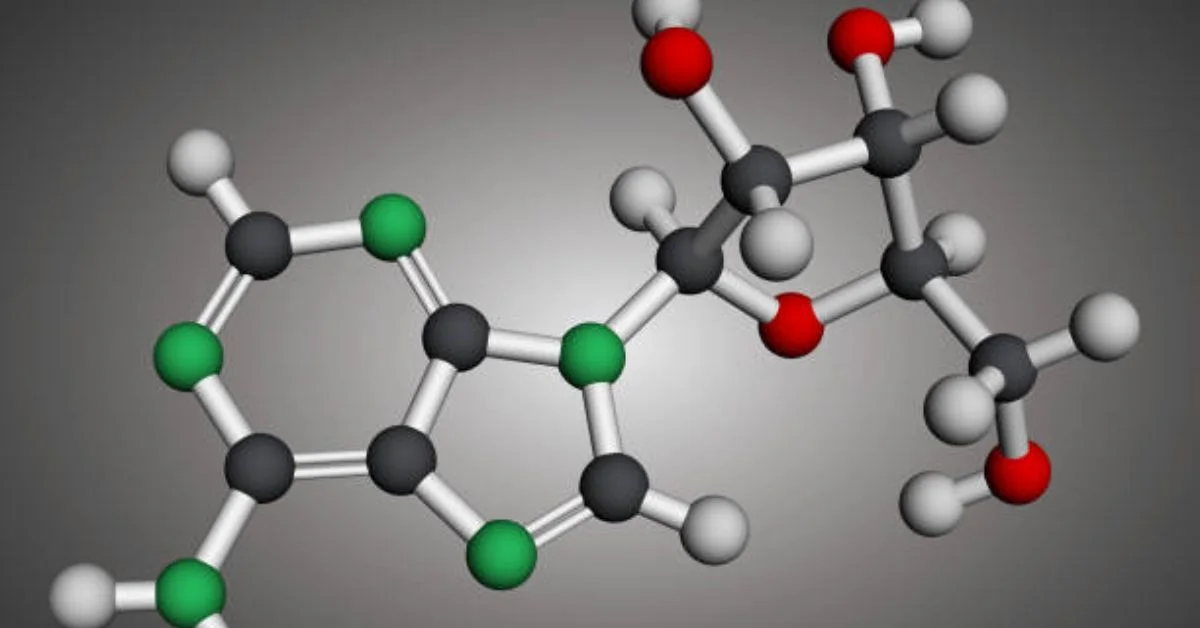When it comes to health conditions affecting the upper airway, adenoidid — inflammation of the adenoids — often flies under the radar. This is partly because the adenoids themselves are not visible without special instruments, and partly because many people are unaware of their role in the body. The adenoids are a mass of lymphoid tissue located high in the throat, behind the nose and the roof of the mouth. They play a role in immune defense, especially during early childhood, by trapping bacteria and viruses that enter through the nose.
Adenoidid occurs when these tissues become swollen or infected, usually due to viral or bacterial causes. It can affect people of all ages but is far more common in children, as the adenoids are relatively large and active in early years before naturally shrinking during adolescence. Although adenoidid is rarely a life-threatening condition, it can cause significant discomfort, breathing issues, and complications if not addressed promptly. This article will explore the causes, symptoms, diagnostic methods, treatment approaches, and preventive strategies for adenoidid in detail, while also offering insights into its broader impact on overall health.
Understanding the Role of the Adenoids
To fully appreciate what happens in adenoidid, it’s important to first understand the purpose of the adenoids. They are part of the body’s lymphatic system, similar in composition to lymph nodes found elsewhere in the body. Positioned at the back of the nasal cavity, adenoids are strategically placed to act as a first line of defense against inhaled pathogens.
In young children, whose immune systems are still developing, the adenoids are more active and play a larger role in producing antibodies. Over time, as the immune system matures and the body builds a library of immune responses, the adenoids shrink in size and become less critical. However, during the active years, they are susceptible to inflammation from repeated exposure to germs, allergens, and environmental irritants.
What Causes Adenoidid?
Adenoidid typically develops when the adenoids become infected or irritated. Several factors can contribute to this condition:
- Viral Infections – Common colds, influenza, and other respiratory viruses often trigger adenoid swelling.
- Bacterial Infections – Streptococcus and other bacteria can infect the adenoids, often requiring antibiotic treatment.
- Allergic Reactions – Seasonal allergies or year-round allergens like dust mites can cause chronic adenoid inflammation.
- Environmental Irritants – Exposure to cigarette smoke, polluted air, or strong chemical fumes can irritate the tissues.
- Recurrent Upper Respiratory Infections – Frequent colds or sinus infections increase the risk of developing chronic adenoidid.
Sometimes, adenoidid may be part of a broader infection that also affects the tonsils (tonsillitis) or sinuses (sinusitis), which can complicate diagnosis and management.
Symptoms of Adenoidid
The symptoms of adenoidid can range from mild to severe, depending on the underlying cause, the degree of swelling, and whether the condition is acute or chronic. Common signs include:
- Nasal Congestion – A feeling of stuffiness that makes breathing through the nose difficult.
- Mouth Breathing – When nasal airflow is blocked, the individual may breathe primarily through the mouth.
- Snoring or Noisy Breathing – Particularly noticeable at night, due to partial airway blockage.
- Sore Throat – Inflammation can cause discomfort in the back of the throat.
- Difficulty Swallowing – Swelling may affect the normal movement of food and liquids.
- Ear Problems – Because the adenoids are near the eustachian tubes, inflammation can lead to fluid buildup in the middle ear and recurrent ear infections.
- Voice Changes – A nasal-sounding voice may develop due to altered airflow.
- Swollen Lymph Nodes – Tenderness in the neck can occur when the body is fighting infection.
In children, persistent adenoidid can affect sleep quality, leading to daytime fatigue, irritability, and concentration problems.
Acute vs. Chronic Adenoidid
Acute adenoidid is a short-term inflammation, usually following a cold or throat infection. It often resolves within a week or two with appropriate treatment.
Chronic adenoidid lasts for weeks or recurs frequently. This form may be caused by ongoing allergies, exposure to irritants, or structural problems in the nasal cavity. Chronic cases can contribute to complications such as obstructive sleep apnea, chronic ear infections, or facial growth issues in children.
Diagnosis of Adenoidid
Diagnosing adenoidid requires careful evaluation because its symptoms can mimic other conditions. A healthcare provider may:
- Take a Medical History – Including details of symptoms, frequency of infections, and environmental exposures.
- Perform a Physical Examination – While adenoids are not visible through the mouth, other signs like nasal blockage or swollen lymph nodes may be noted.
- Use an Endoscope – A thin, flexible tube with a light and camera can be inserted through the nose to directly view the adenoids.
- Order Imaging – X-rays of the neck may help assess adenoid size.
- Conduct Laboratory Tests – Throat swabs or nasal cultures may identify bacterial causes.
Treatment Approaches for Adenoidid
Treatment depends on whether the inflammation is acute or chronic, as well as its cause and severity.
1. Home and Supportive Care
For mild viral cases, rest, hydration, and warm saline gargles can help. Humidifiers and nasal saline sprays may relieve dryness and congestion.
2. Medications
- Antibiotics – Prescribed for bacterial infections confirmed by testing.
- Pain Relievers – Acetaminophen or ibuprofen can reduce discomfort and fever.
- Allergy Medications – Antihistamines or nasal corticosteroids may be used for allergy-related cases.
3. Surgical Removal (Adenoidectomy)
If chronic adenoidid leads to repeated infections, breathing problems, or ear issues, an adenoidectomy may be recommended. This is a common pediatric procedure and often performed alongside tonsil removal.
Prevention Strategies
While not all cases of adenoidid are preventable, certain measures can reduce the risk:
- Hand Hygiene – Frequent washing to limit exposure to infectious agents.
- Healthy Diet – Supporting immune function with nutrient-rich foods.
- Avoiding Irritants – Keeping away from cigarette smoke and pollutants.
- Managing Allergies – Regular treatment for seasonal or environmental allergies.
- Vaccinations – Staying up to date on recommended vaccines to reduce respiratory infections.
When to See a Doctor
Prompt medical attention is advised if a child or adult has:
- Difficulty breathing during sleep
- Persistent high fever
- Frequent ear infections
- Ongoing nasal blockage
- Suspected hearing loss
Early intervention can prevent complications and improve quality of life.
Conclusion
Adenoidid may not be as widely discussed as other respiratory conditions, but its impact — especially on children — can be significant. By understanding the role of the adenoids, recognizing the signs of inflammation, and seeking appropriate treatment, individuals can manage the condition effectively. For recurrent or severe cases, medical evaluation is essential to determine whether surgery or other interventions are needed. Ultimately, a proactive approach combining prevention, timely treatment, and healthy lifestyle choices can minimize the disruption caused by adenoidid and protect overall respiratory health.
FAQs About Adenoidid
1. What is adenoidid?
Adenoidid is inflammation of the adenoids, lymphoid tissue located behind the nose that helps fight infections.
2. Who is most affected by adenoidid?
Children are more frequently affected because their adenoids are larger and more active in early immune defense.
3. Can adenoidid go away on its own?
Mild viral cases often resolve naturally, but bacterial or chronic cases may need medical treatment.
4. How is adenoidid diagnosed?
Doctors may use endoscopy, imaging, and lab tests alongside a medical history and physical examination.
5. Is adenoidectomy safe?
Yes. It’s a common, generally safe procedure, especially when performed to address chronic issues or complications.
For more information, click here.









